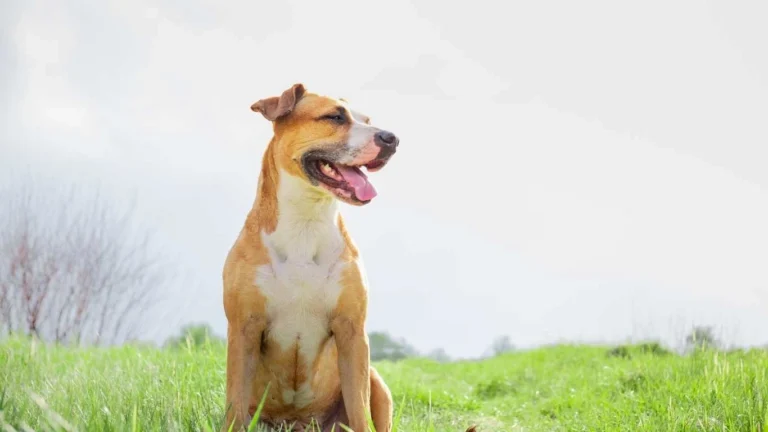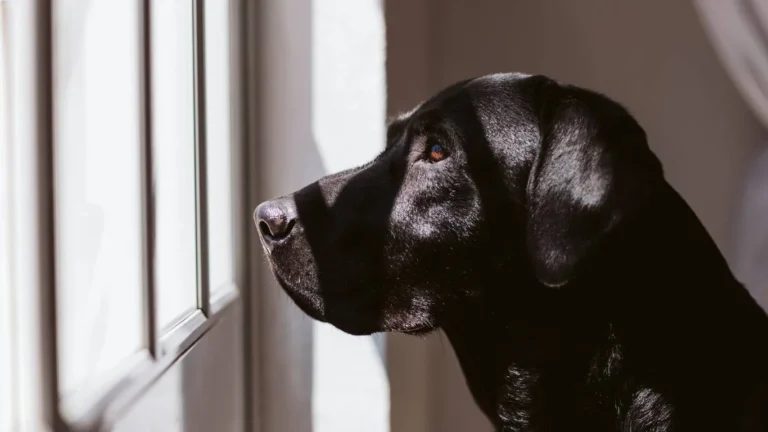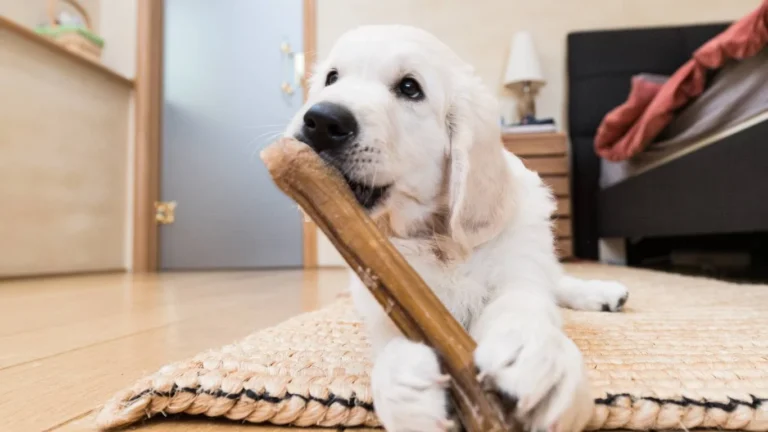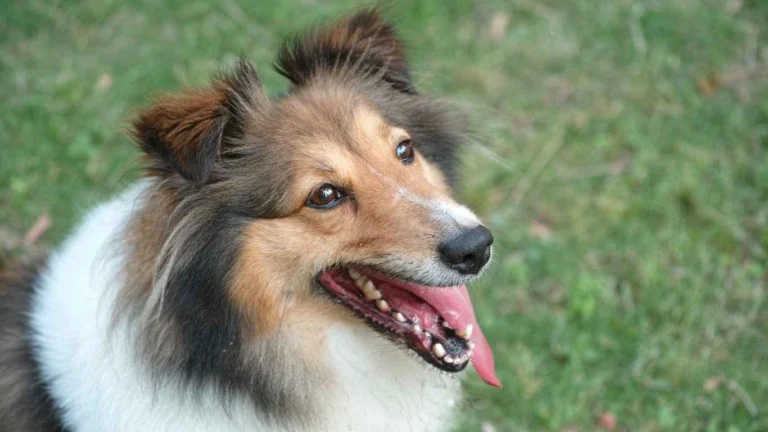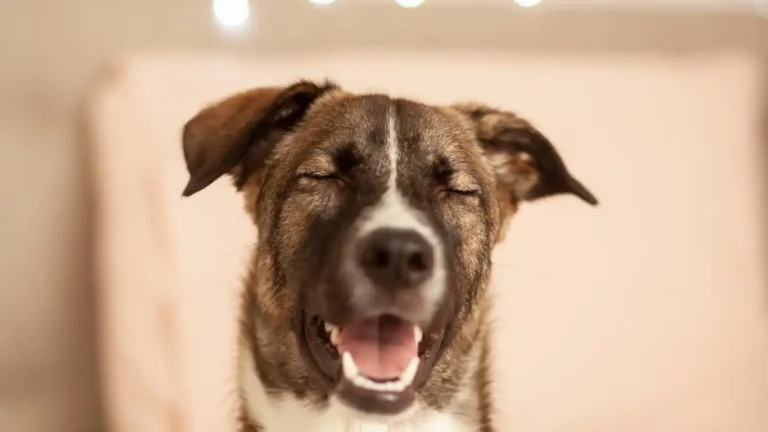Make DIY Dog-Friendly Toothpaste: Safe & Effective Recipe!
If you’re anything like me—a devoted pet parent and pet nutritionist—you’re always looking for ways to keep your furry companion happy and healthy. One essential yet often overlooked aspect of canine health is oral hygiene. Ever caught a whiff of your dog’s breath and thought, “Whoa, that’s rough!”? Well, bad breath is just the tip of the iceberg. Poor dental hygiene can lead to plaque buildup, gum disease, and even heart issues. That’s why I’m excited to share my go-to guide on how to make DIY dog-friendly toothpaste. It’s easy, safe, and free from harmful chemicals lurking in commercial brands.
Why Your Dog Needs a Safe & Natural Toothpaste
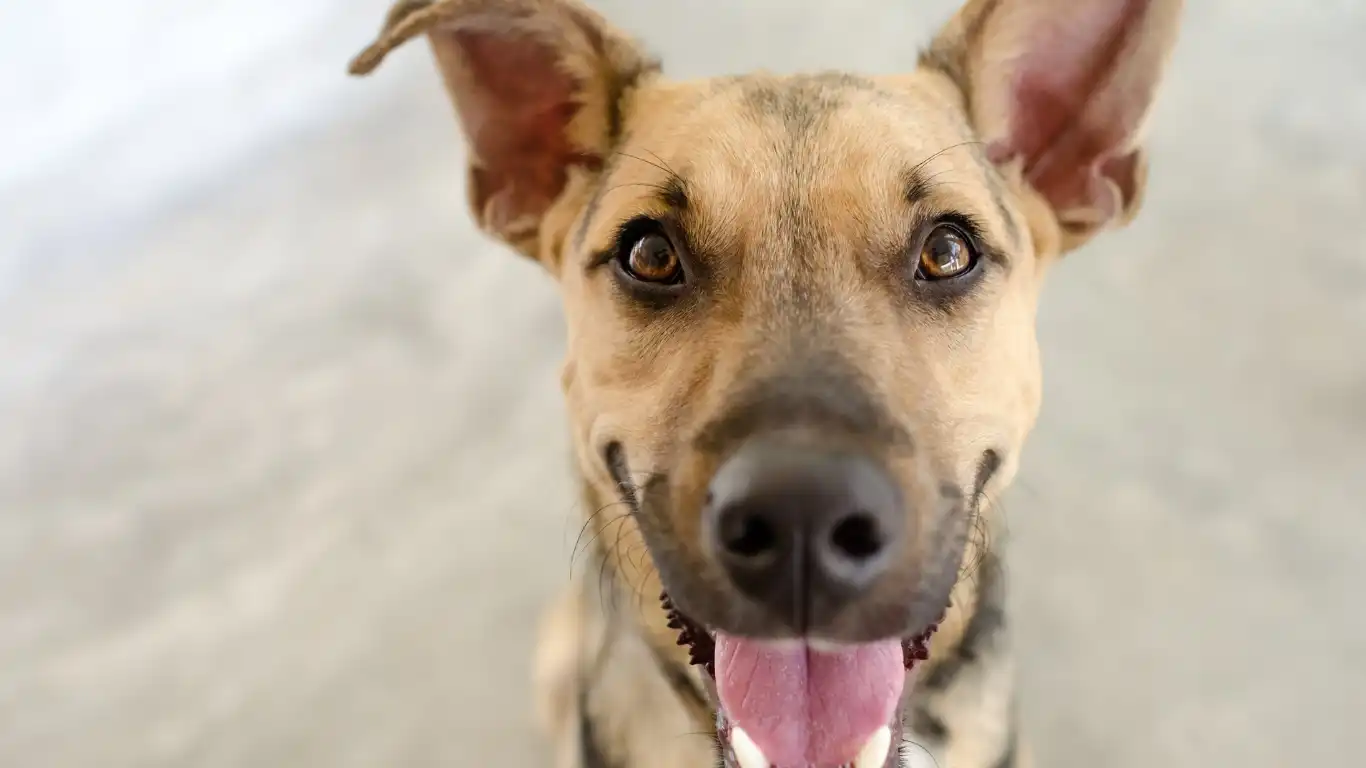
Most pet owners don’t realize how important oral hygiene is for their pups. I’ve worked in veterinary clinics where I’ve seen dogs with severe dental disease simply because their owners didn’t think brushing was necessary. Regular brushing can prevent tartar buildup, painful infections, and costly dental treatments. But here’s the kicker—many commercial dog toothpastes contain artificial sweeteners, foaming agents, and xylitol (which is toxic to dogs!). That’s why making your own toothpaste is not just a fun DIY project, but a much safer alternative.
Common Ingredients to Avoid in Dog Toothpaste
Before we dive into making our own natural toothpaste, let’s talk about ingredients you should absolutely avoid:
- Xylitol: A sweetener found in some human toothpaste that is highly toxic to dogs.
- Fluoride: Great for humans but can cause serious health issues in dogs.
- Artificial Flavors & Colors: These can lead to allergic reactions and digestive upset.
- Sodium Lauryl Sulfate (SLS): A foaming agent that can irritate a dog’s stomach if swallowed.
I’ve had countless pet parents come to me after unknowingly using human toothpaste on their dogs, only to realize their pup started feeling sick. That’s why a safe, DIY option is the way to go!
Essential Ingredients for a Healthy DIY Dog Toothpaste

Now, let’s get to the fun part—what goes into a safe and effective dog-friendly toothpaste? These ingredients are not only natural but also packed with health benefits:
- Coconut Oil: A natural antibacterial that helps fight plaque and freshens breath.
- Baking Soda: A gentle abrasive that cleans teeth and neutralizes odors.
- Parsley or Mint: Natural breath fresheners that are safe in small amounts.
- Turmeric: Known for its anti-inflammatory properties and whitening effect.
- Beef or Chicken Broth: To make the toothpaste taste more appealing to your pup.
These ingredients work together to create a toothpaste that not only cleans your dog’s teeth but also improves their overall oral health. Plus, my own dogs love the taste—especially when I add a little bone broth!
How Often Should You Brush Your Dog’s Teeth?
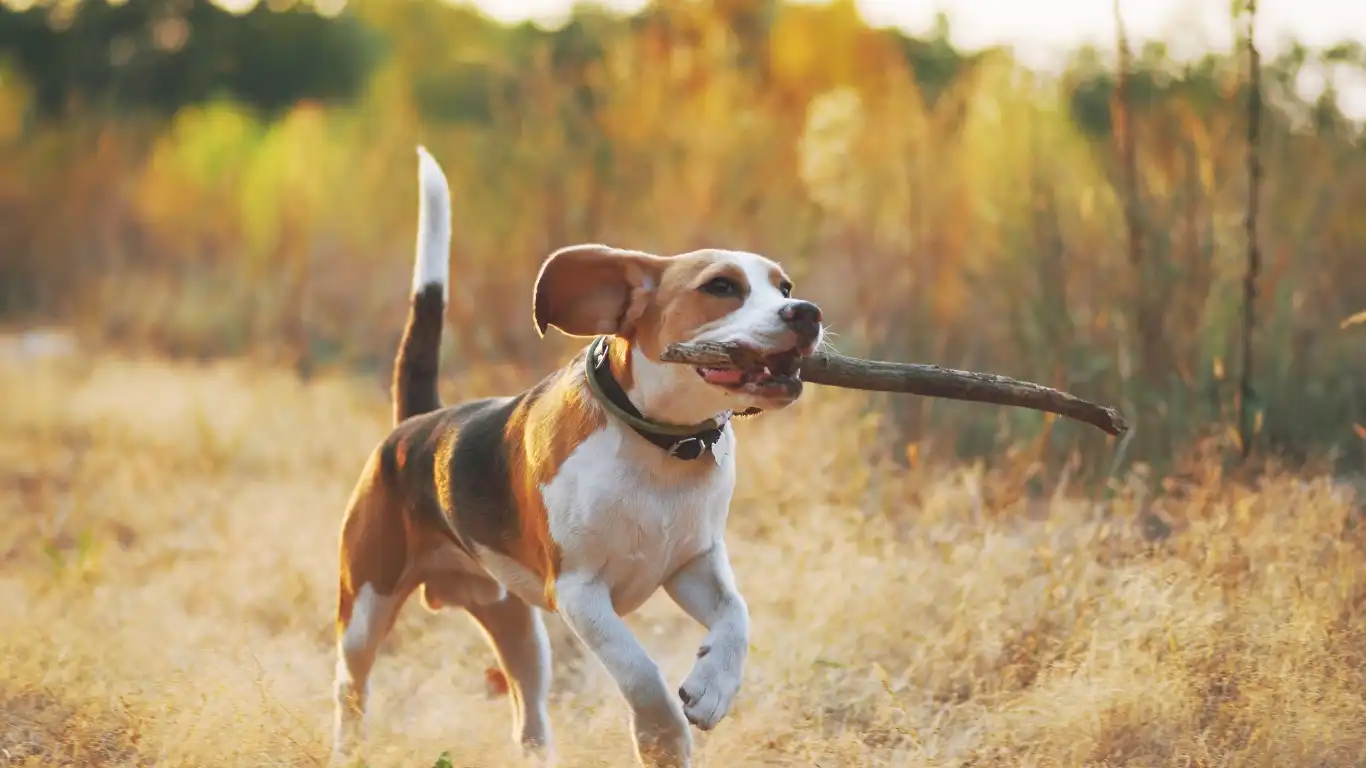
Brushing your dog’s teeth 2-3 times a week can make a world of difference. But if you can manage daily brushing, even better! Some pet parents worry that their dogs won’t tolerate it, but trust me—when introduced properly, most dogs actually enjoy the routine. The trick is to make it a positive experience with plenty of praise and treats.
Want to know exactly how to make this DIY toothpaste and the step-by-step brushing technique that works best? Keep reading—I’ll walk you through the process!
How to Make DIY Dog-Friendly Toothpaste at Home

Alright, now that we’ve covered why homemade toothpaste is a must for your pup, let’s roll up our sleeves and whip up a batch! This is the exact recipe I’ve used for years, and my clients’ dogs absolutely love it. The best part? It’s quick, easy, and only takes a few minutes to prepare.
Ingredients You’ll Need:
- ¼ cup of coconut oil – Natural antibacterial, plus dogs love the taste.
- 1 tablespoon baking soda – Gently removes plaque without being too abrasive.
- 1 teaspoon cinnamon – Helps freshen breath naturally.
- 1 teaspoon turmeric – Anti-inflammatory and promotes gum health.
- 1 tablespoon beef or chicken broth – Makes the toothpaste irresistible.
- 1 teaspoon parsley or mint (optional) – Extra breath-freshening power.
It’s important to use natural, pet-safe ingredients. Some DIY recipes floating around include essential oils, but I strongly advise against them. Many essential oils, including tea tree and peppermint, can be toxic to dogs when ingested!
Step-by-Step Instructions:
- Gently warm the coconut oil until it becomes soft and mixable. You don’t want it to be completely melted—just pliable.
- Add baking soda, turmeric, and cinnamon, stirring until well combined.
- Pour in the broth slowly, mixing until the consistency is smooth.
- Chop up fresh parsley or mint (if using) and stir it into the mixture.
- Transfer the toothpaste into an airtight container and store it in the fridge. It should last for about two weeks.
And that’s it! A simple, effective, and safe DIY dog toothpaste you can feel good about using.
How to Brush Your Dog’s Teeth Without Stress
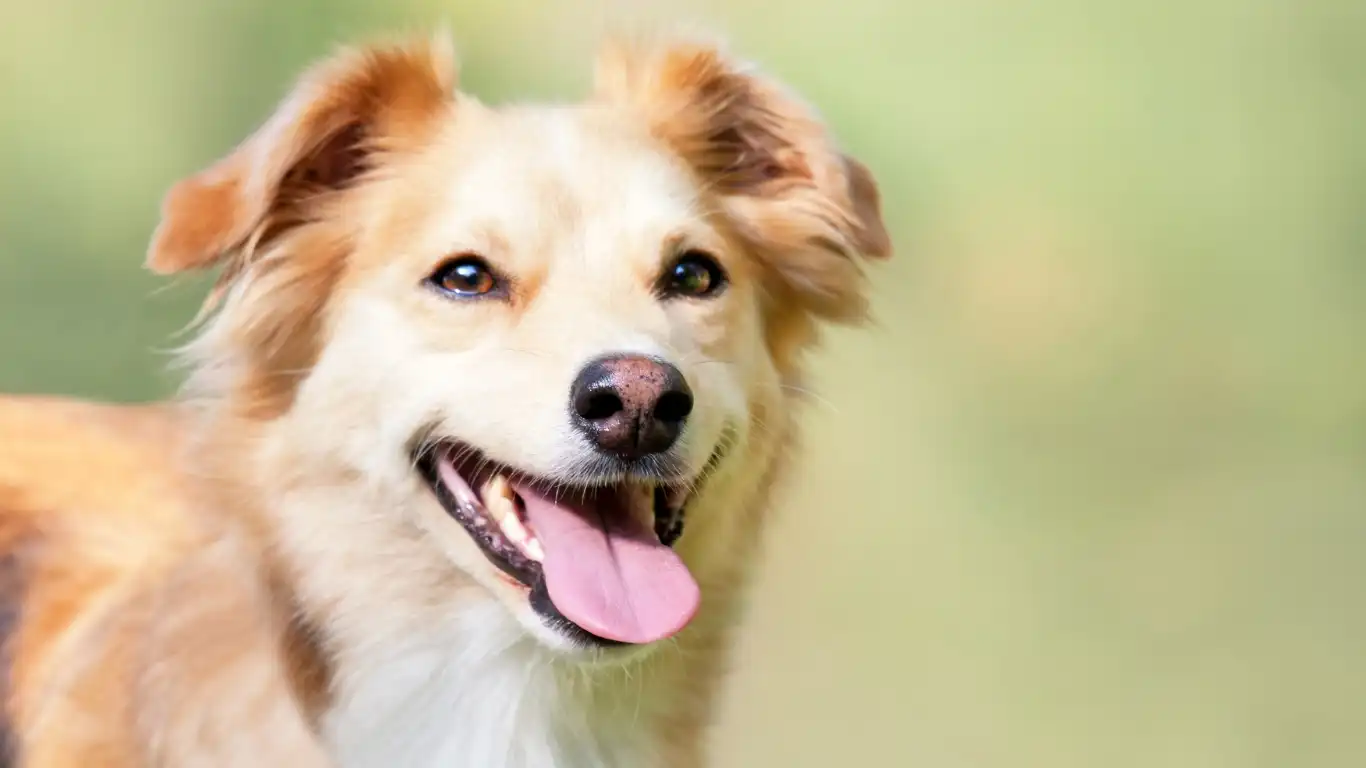
Now, I know what you might be thinking: “My dog hates getting his teeth brushed!” Trust me, you’re not alone. As a pet nutritionist, I’ve helped plenty of dog parents turn brushing from a battle into a breeze. Here’s my tried-and-true approach:
1. Start Slow
If your dog isn’t used to having their mouth touched, don’t dive in with a toothbrush right away. Instead, use your finger to rub a little bit of toothpaste on their gums. Let them lick it off and get familiar with the taste.
2. Pick the Right Tool
A soft-bristled toothbrush (or a finger brush) works best. Some dogs even do better with a gauze-wrapped finger—it’s all about what your pup is comfortable with.
3. Make It a Positive Experience
Always praise and reward your dog after brushing! A belly rub, a short play session, or a tiny treat afterward will help them associate toothbrushing with good things.
4. Focus on the Outer Teeth
Dogs don’t usually get cavities like humans, so focus on the outer surfaces where plaque builds up the most. There’s no need to pry their mouth open—just lift their lips and gently brush in circular motions.
5. Keep It Short & Sweet
Aim for 30-60 seconds. If your dog is new to brushing, even just a few seconds at a time is a win! You can gradually work up to a full-minute session.
Signs Your Dog’s Teeth Need Extra Attention
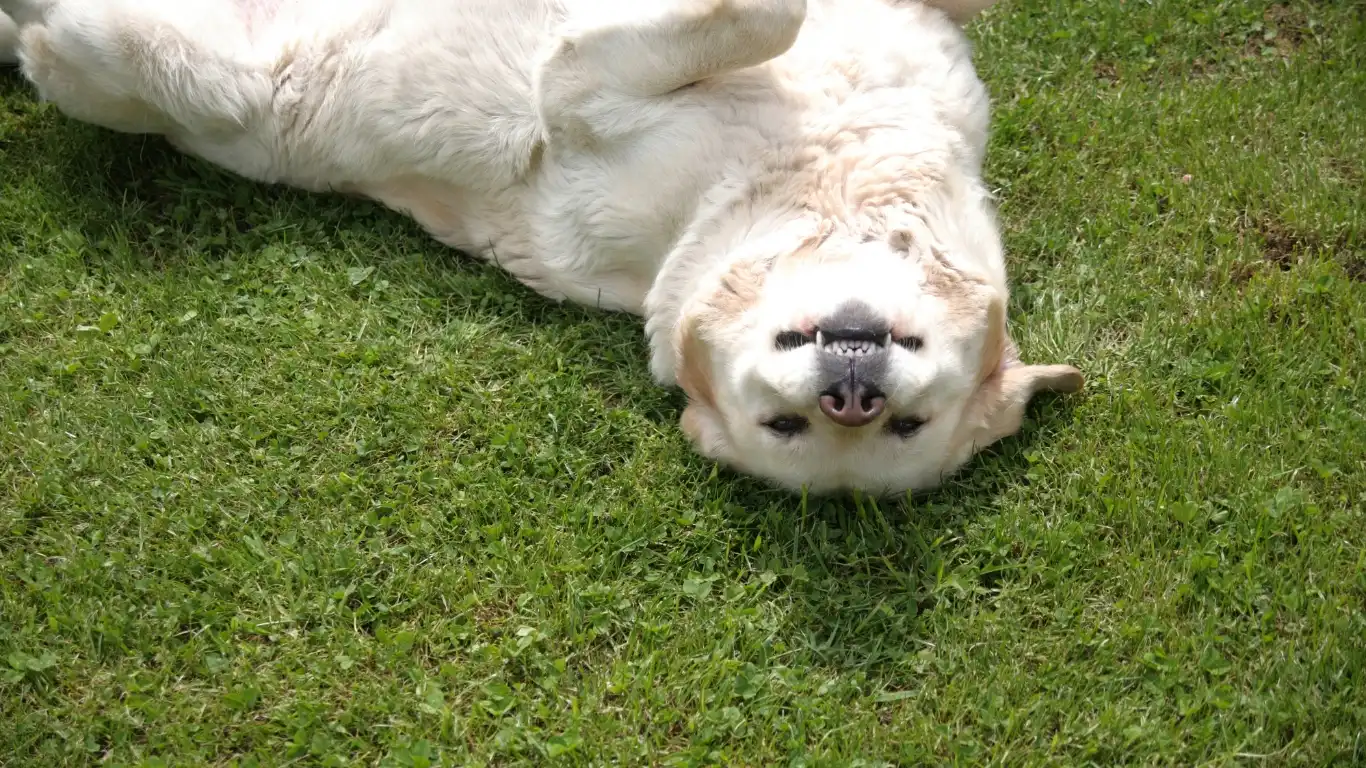
Even with regular brushing, it’s important to keep an eye on your dog’s dental health. Some signs that your pup might need a vet check-up include:
- Persistent bad breath (a slight doggy smell is normal, but a strong foul odor could mean infection).
- Yellow or brown buildup on teeth—especially near the gums.
- Red, swollen, or bleeding gums, which could indicate gingivitis.
- Excessive drooling or pawing at the mouth, which may signal pain.
- Loss of appetite or chewing on one side of the mouth due to discomfort.
Regular brushing combined with annual vet check-ups can help keep your dog’s teeth in top shape. If you ever notice any of the symptoms above, it’s best to have your vet take a look.
Next up, I’ll be sharing even more ways to support your dog’s oral health—because brushing is just one piece of the puzzle!
Beyond Brushing: Other Ways to Support Your Dog’s Dental Health
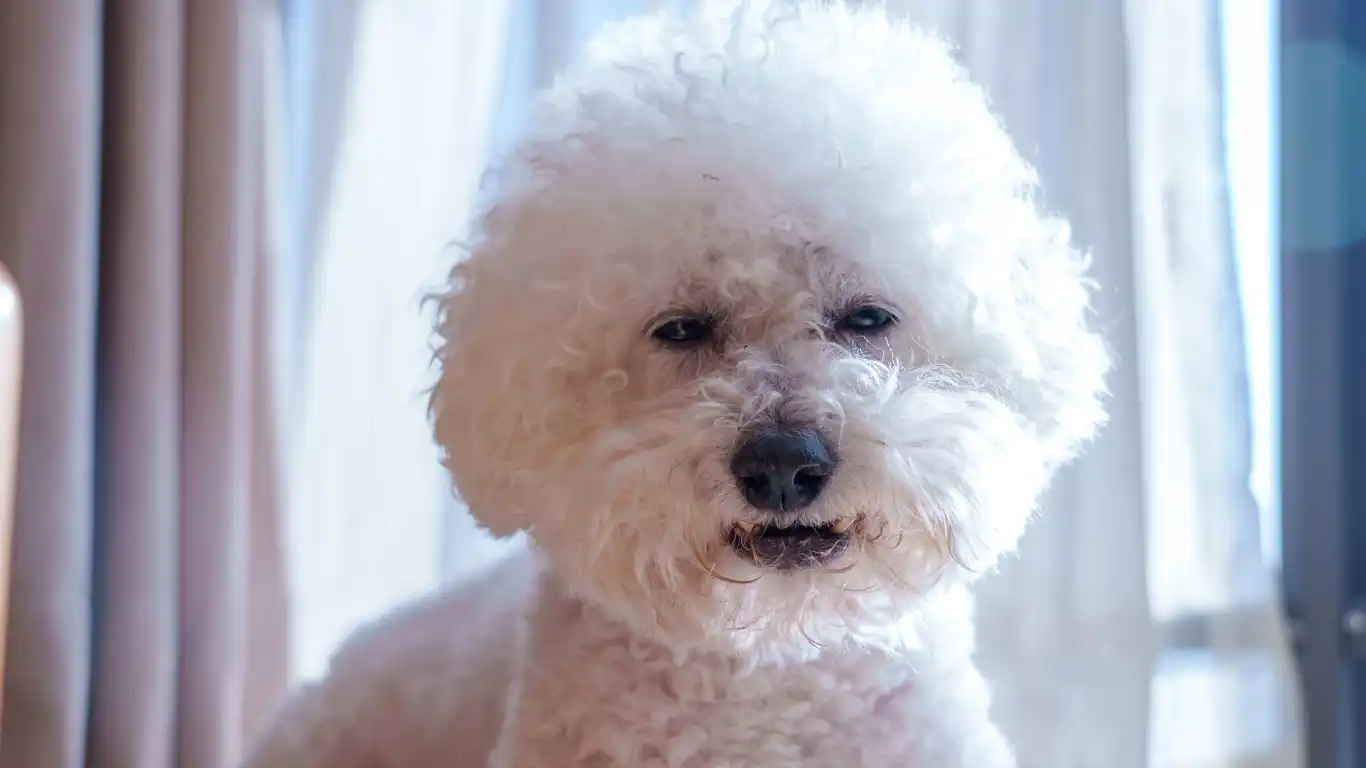
While regular brushing with DIY dog-friendly toothpaste is one of the best ways to maintain your pup’s oral health, it’s not the only thing you can do. Some dogs just won’t tolerate a toothbrush, and even for those that do, adding extra dental care steps can make a big difference. Over the years, I’ve helped many pet parents incorporate simple, effective habits that keep their dog’s teeth clean with minimal effort.
1. Provide Dental Chews and Toys
One of the easiest ways to naturally clean your dog’s teeth is by giving them safe dental chews. Look for options that are:
- Long-lasting and tough enough to scrape off plaque
- Made from natural, digestible ingredients
- Free from artificial preservatives and excessive starch
Certain toys, like rubber chew toys with textured surfaces, also work well to gently massage the gums and remove buildup.
2. Add Dental Supplements to Their Diet
If your dog isn’t a fan of brushing, consider adding a dental supplement to their meals. Some options include:
- Probiotic powders that support good bacteria in the mouth
- Kelp-based supplements that help reduce plaque
- Water additives that freshen breath and prevent bacteria growth
These work best when combined with brushing, but even on their own, they can improve oral health over time.
3. Feed a Healthy, Whole-Food Diet
A dog’s diet plays a huge role in their dental health. Heavily processed kibble can contribute to plaque buildup, while fresh, whole foods help keep their teeth and gums healthier.
Some natural teeth-cleaning foods include:
- Raw carrots – A great crunchy snack that scrapes away plaque
- Apples (without seeds) – Naturally freshen breath and help clean teeth
- Raw meaty bones (for experienced raw-fed dogs) – Act as nature’s toothbrush
Of course, always check with your vet before introducing new foods, especially bones, to ensure they’re safe for your dog.
When to See a Vet for Professional Dental Care

Even with the best home care routine, some dogs may still need professional cleanings. I always tell pet parents to watch for signs that indicate a vet visit is necessary:
- Persistent bad breath that doesn’t improve with brushing
- Visible tartar buildup that’s hardened on the teeth
- Bleeding or swollen gums
- Difficulty eating or dropping food while chewing
- Loose or missing teeth
Most vets recommend a professional dental cleaning once a year, but this varies depending on your dog’s breed, age, and overall health.
Final Thoughts: A Lifetime of Healthy Smiles
Caring for your dog’s teeth doesn’t have to be complicated or expensive. By making a simple DIY dog-friendly toothpaste, brushing regularly, and incorporating natural dental care strategies, you’ll set your pup up for a lifetime of healthy smiles (and fresher breath!).
Remember, consistency is key. Whether your dog loves or tolerates brushing, finding what works best for them will go a long way in keeping their mouth clean and their overall health in check.
References
- American Veterinary Medical Association – Dental care guidelines for dogs
- American Kennel Club – Tips for dog oral hygiene
- PetMD – Common dental problems in dogs
Disclaimer
This article is for informational purposes only and should not replace professional veterinary advice. Always consult your vet before making changes to your dog’s dental care routine.
